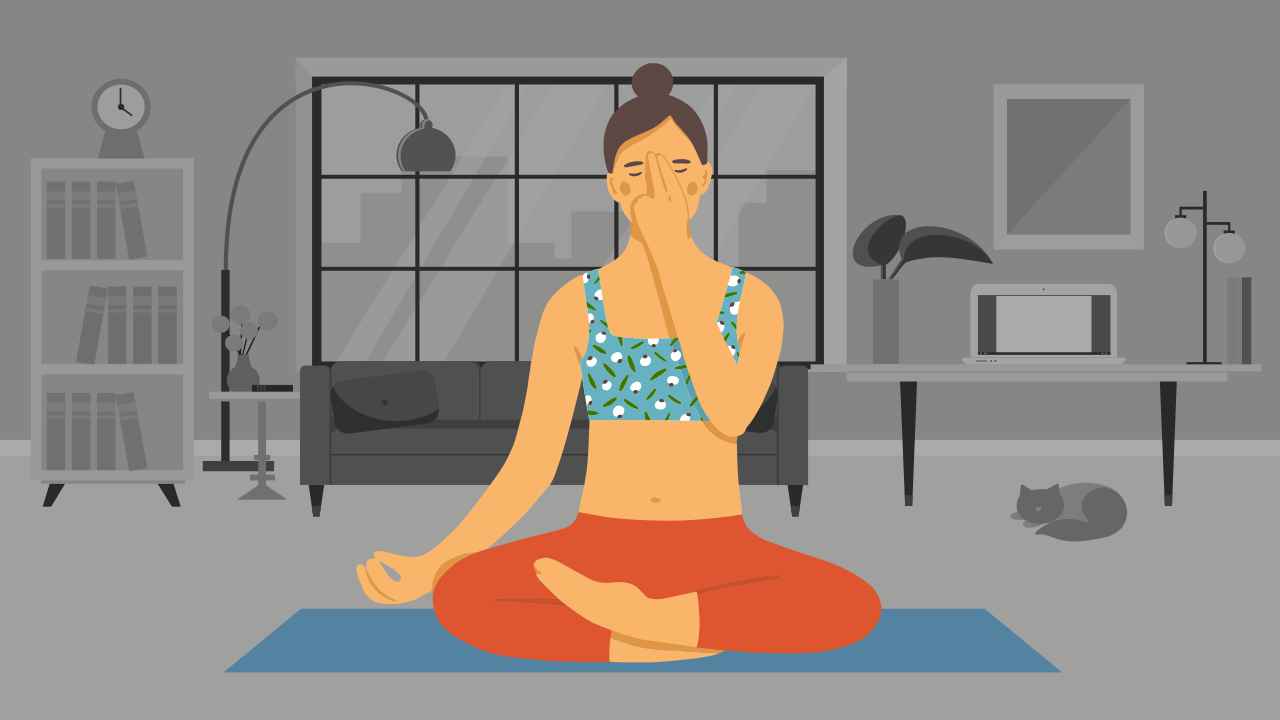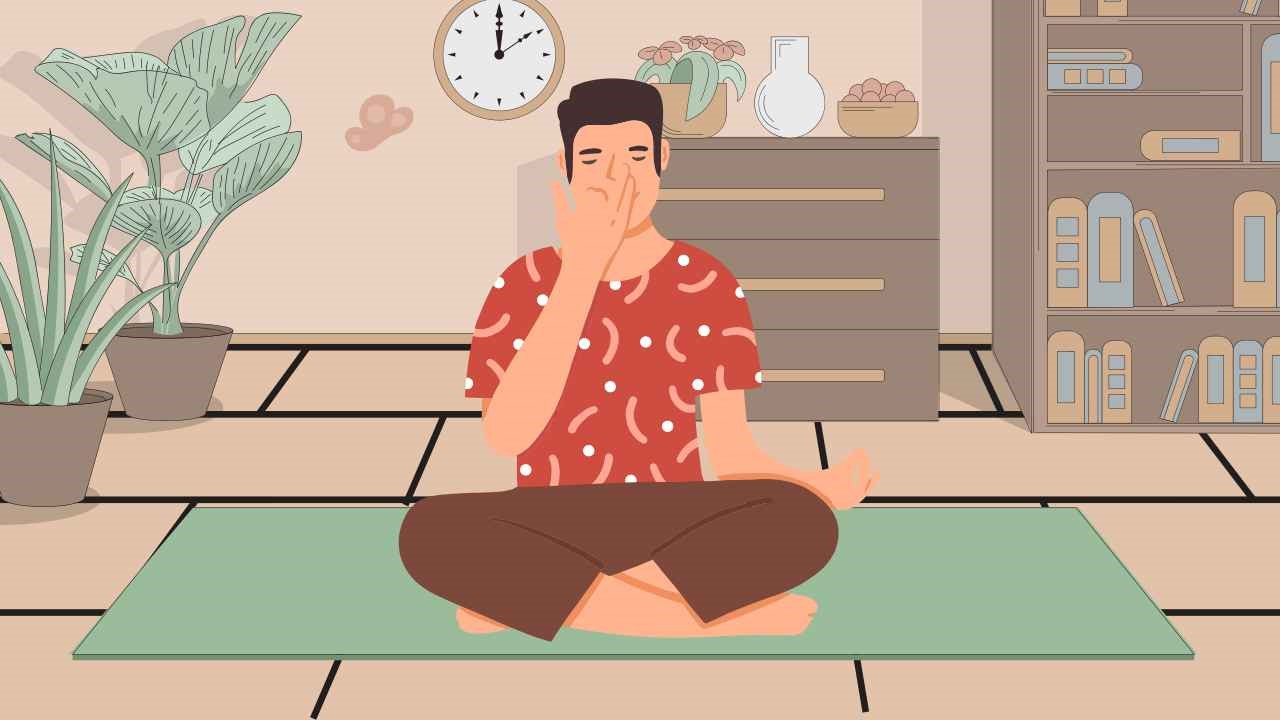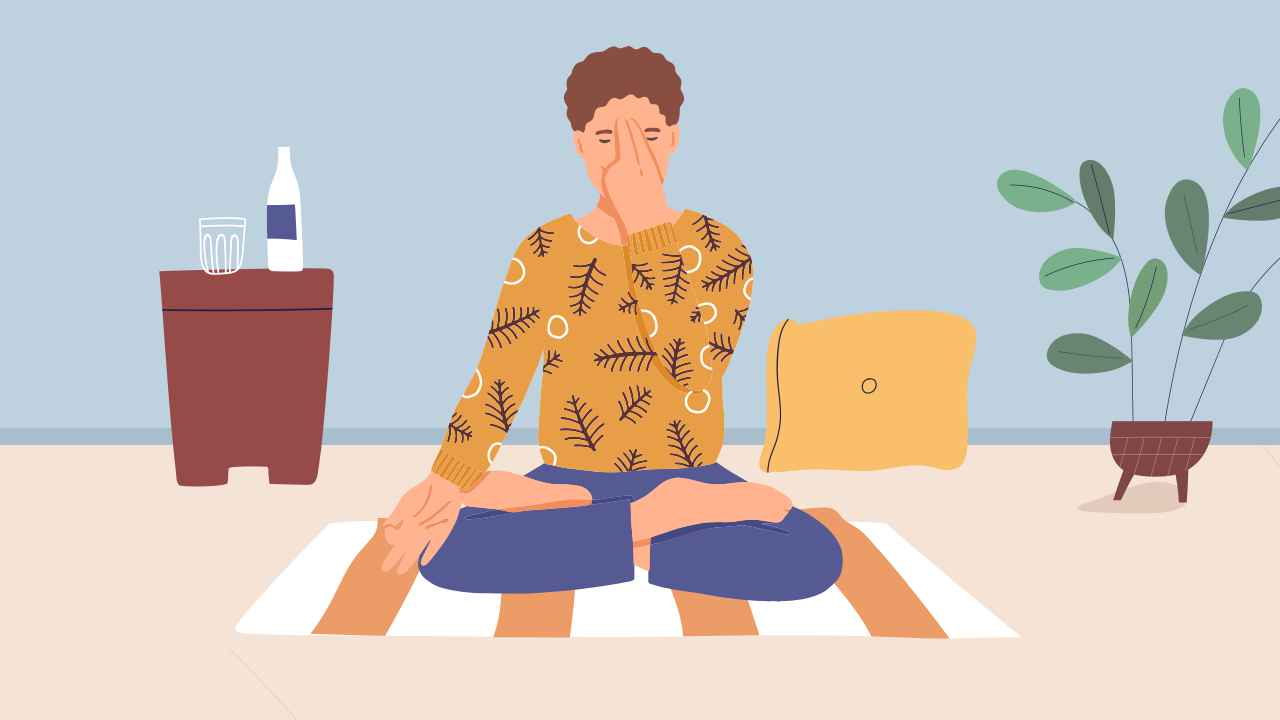
Yoga: Common Contraindications You Should Know

Is yoga for everyone? Sure, it is. The practice of yoga is excellent for the human body and mind. However, not all asanas are suitable for everyone. It’s important to keep in mind your age, health condition, and fitness level before embarking on your yoga journey. Every asana or pranayama comes with its own set of contraindications.
A yoga contraindication is a condition or factor that can lead to certain asanas or pranayamas harming the practitioner. These could range from lower back pain and asthma to hypertension and pregnancy.
Let us look at a few common contraindications of yoga and what you should do to manage them.

Pregnancy
Pregnant women should not practice rigorous asanas. Advanced core-strengthening exercises, inversions, asanas in supine positions, intensive backbends, poses that compress the abdomen, or extreme twisting postures are generally contraindicated during pregnancy. That said, expectant moms need not stop doing yoga altogether. There are different types of asanas for each trimester, which can be safely practiced.
Sciatica
Yoga can help relieve pain caused by compression of the sciatic nerve or the piriformis muscle — a small muscle under the glutes. But certain asanas can work the other way round ie, increase your pain, and must be avoided at all costs. Do not practice forward bends or extreme backbends. Stay away from poses like Paschimottanasana, Hastapadasana or Kurmasana. Instead, work on gently stretching the hamstrings and glutes.
Knee pain
Knee pain is a common condition, especially among the elderly. It can be easily managed by yoga done with the help of props and some modifications. However, poses like Trikonasana, Virabhadrasana, Utkatasana, or Padmasana are contraindicated for those suffering from knee pain. These exert unwanted pressure on the knee or push the knee beyond its range of motion. Avoid all poses on hands and knees. On the other hand, practicing Sukshma Vyayam will increase your knee mobility.
Hernia and ulcers
Restorative and slow-paced forms of yoga are helpful for those suffering from peptic ulcers or hernias. However, practicing rigorous core-strengthening asanas will worsen your condition. Core strengthening is a major aspect of yoga, but it is best to avoid it when you are suffering from a hernia or ulcer. Do not practice poses that involve abdominal compression and intensive twists.
Also read: Types of Yoga: A Guide To Help You Choose
Hypertension
If you are suffering from hypertension, practice asanas that allow you to consciously relax. Avoid inversion poses, which put additional pressure on the heart such as Downward Dog, Sarvangasana, Handstand, or Setu Bandhasana. Meditation and yogic practices are said to reduce stress-induced hypertension and have several therapeutic benefits. Diaphragmatic Breathing and Yoga Nidra can also be very beneficial.
Also read: Hypertension: When Did You Last Check Your Blood Pressure?
Frozen shoulder or injury
In case of shoulder joint dislocation or exacerbation, it is advisable to avoid poses that stretch the shoulder area and put weight on the joint. Shoulder openers such as Puppy Pose, Gomukhasana, or Downward Dog should not be practiced. Focus on strength building instead, and work towards stabilizing the rotator cuff imbalance.
Lower back pain
Depending on your condition, try to avoid advanced forward or backward bending positions as it may lead to overextension of vertebral joints and acute inflammation. Though most of the pain in the lower back is a result of poor posture, weak back muscles and spinal immobility, it is imperative to understand your own limitations. Poses like Chakrasana, Ushtrasana, Paschimottanasana, as well as those requiring a great deal of spinal mobility, should be avoided.
Surgery
Anyone who has undergone surgery or met with an accident should avoid yoga for at least three months. Before beginning or resuming practice, it is advisable to consult your doctor to understand how it can affect the surgical procedure or the injury.
Hip, wrist and ankle injury/ pain
In case of severe pain in any body joint, avoid asanas that can add strain, stretch, or flex that joint aggressively. You may want to even lay off for a while till the pain is relieved. Rest is pertinent in such conditions.
Now that you know of the common contraindications of yoga, if you are suffering from any of the above conditions, consult your doctor before starting on yoga. Also, suspend practice in case of stress or tension in any part of your body and consult a yoga professional if the problem persists. Remember, respecting your body’s limitations is key.













